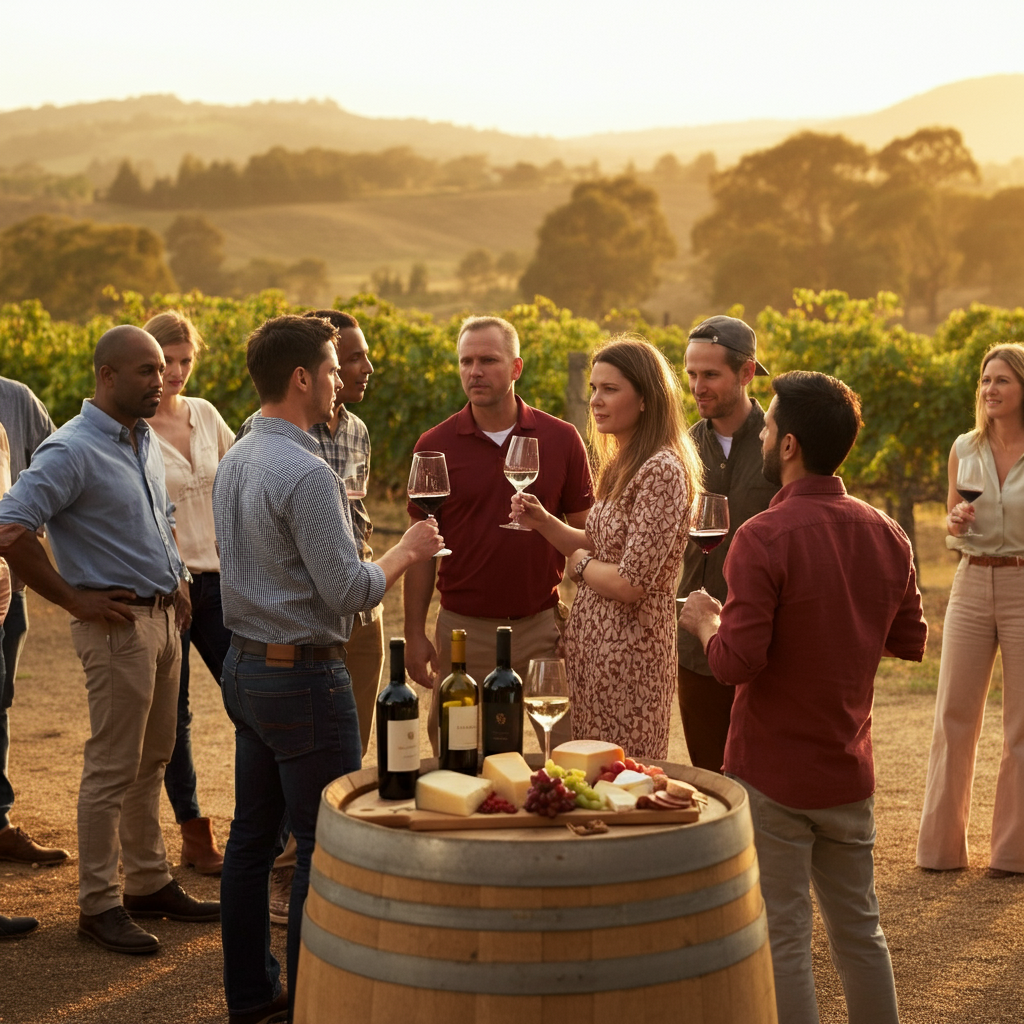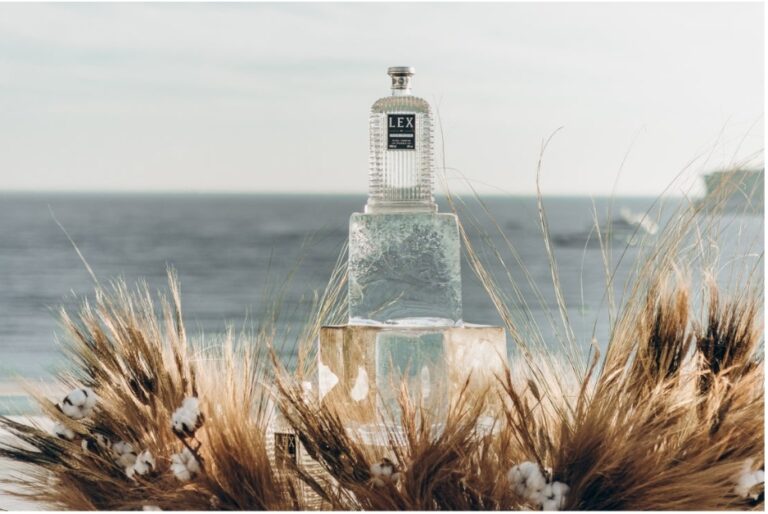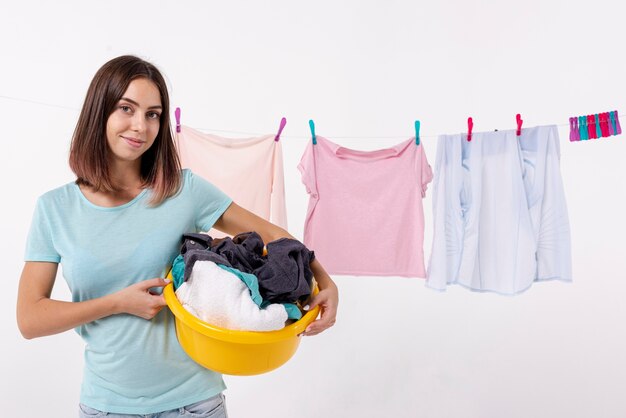The Ultimate Wine Tasting Guide for Wine Lovers and Newbies
Wine tasting is more than just sipping and swirling; it’s an art and a sensory experience. Whether you’re a seasoned wine lover, a budding connoisseur, or simply someone who enjoys pairing the occasional glass with a good meal, there’s always room to refine your skills and deepen your appreciation. This guide will walk you through everything you need to know, from the basics of tasting to tips on identifying complex wine flavors. By the end, you’ll feel confident exploring the world of wine like never before.
What Is Wine Tasting?
Wine tasting is the process of evaluating and savoring wine using your senses of taste, smell, and sight. Unlike simply drinking, tasting allows you to appreciate the wine’s complexity, uncover subtle flavors, and understand its unique characteristics. Each bottle tells a story, from the grape variety and terroir (the region where it was grown) to the winemaking process.
Whether you’re at a formal tasting event, visiting vineyards, or enjoying a wine flight at your favorite restaurant, mastering the art of wine tasting will help you engage with wine on a deeper level.
Why Master the Art of Wine Tasting?
Mastering wine tasting isn’t just for sommeliers. It’s an enriching experience that enhances your enjoyment of wine and even makes you the go-to wine expert at gatherings (who doesn’t want that?). Plus, learning about wine flavors and aromas is a fantastic way to connect with other foodies and wine lovers.
Here’s what you can expect to gain:
- Broaden your palate: Discover a variety of wine flavors, from sweet and fruity to bold and dry.
- Improved pairings: Learn to pair wines with your favorite foods effectively.
- Travel inspiration: Exploring wines from different regions can inspire your next vacation to a picturesque vineyard.
The Five Steps of Wine Tasting
Great wine tasting boils down to using your senses. Here’s a step-by-step breakdown.
Step 1: See
Start by examining the wine in your glass. This tells you a lot about its body, age, and grape variety.
- Color: Look down through the glass and observe the wine’s color. Whites can range from pale straw to golden hues, while reds shift from ruby to deep garnet.
- Clarity: Is the wine clear or cloudy? A cloudy wine might indicate sediment or unfiltered wine.
- Legs: Tilt the glass slightly. Those streaks that run down the glass, often called “legs” or “tears,” can suggest higher alcohol content or sweetness.
Step 2: Swirl
Swirling releases the aromas stored in the wine, giving you a preview of its flavor. Hold the base of the glass and gently swirl to awaken the wine.
Step 3: Smell
Your sense of smell is crucial to wine tasting because aroma makes up a large part of a wine’s flavor profile. Take a deep sniff and note the scents.
- Do you detect fruit? Red wines may smell like cherries, blackberries, or even figs, while white wines might have hints of apples, citrus, or tropical fruits.
- Are there secondary notes? These could be floral (jasmine, violet), herbal (mint, eucalyptus), or earthy (mushroom, leather).
- Can you sense oak? Wines aged in oak barrels often have aromas of vanilla, toast, or baking spices.
Step 4: Sip
Finally, it’s time to taste. Take a small sip and hold it in your mouth, allowing it to coat your palate. Pay attention to three key aspects:
- Flavor Profile: What do you notice first? Is the wine sweet, acidic, or bold?
- Mouthfeel: How does the wine feel? Is it light-bodied, medium-bodied, or full-bodied?
- Finish: How long do the flavors linger after you swallow? A longer finish is often a sign of a well-made wine.
Step 5: Savor
After tasting, reflect on your overall impression of the wine. Did it surprise you? Was it balanced? These moments of reflection help you fine-tune your preferences.
Tips for Identifying Wine Flavors
Identifying specific wine flavors can seem daunting, but these tips will help:
- Use a wine wheel: A wine wheel is a handy tool that categorizes flavors into groups like fruity, spicy, earthy, or floral.
- Start with what you know: If you recognize a familiar flavor (e.g., vanilla or cherry), say it out loud. Trust your senses.
- Compare styles: Try wines from the same grape but different regions. For example, compare a California Chardonnay to a French Chablis to notice the nuances in flavor caused by terroir and climate.
Common Mistakes to Avoid
Even seasoned wine enthusiasts can slip up during tastings. Avoid these mistakes to get the best out of your experience:
- Skipping the glassware: The right wine glass can enhance the aroma and flavor. For example, use a wider bowl for reds to allow better aeration.
- Drinking too quickly: Take your time! Wine tasting is a leisurely activity meant to be savored.
- Overwhelming your palate: Trying too many wines? Cleanse your palate with water and a plain cracker to avoid taste fatigue.
Elevate Your Wine Tasting Experience
Here are some pro tips to take your wine journey to the next level:
- Attend a Guided Tasting
Many wineries and wine bars offer tastings led by experts. These sessions allow you to learn about the wine’s origin, production, and suggested pairings.
- Host a Blind Tasting Party
Invite friends and challenge each other to identify wines without looking at the label. It’s a fun way to sharpen your skills.
- Pair Wine with Food
Pairing wine with the right dish can elevate both the meal and the drink. For instance:
- Pair full-bodied reds like Cabernet Sauvignon with steak.
- Complement light whites like Sauvignon Blanc with seafood.
- Keep a Wine Journal
Document your tasting experiences, noting details like the wine’s name, aromas, flavors, and your overall rating. A simple journal can help you track preferences over time.
Final Thoughts: Sip, Savor, Celebrate
Wine tasting is a sensory adventure that connects you to the stories, regions, and craftsmanship behind each bottle. Whether you’re a novice drinker or a seasoned enthusiast, honing your wine tasting skills will deepen your appreciation and help you make more informed choices.
Hungry for more wine insights and tips? Subscribe to our wine guide newsletter or share your favorite wine-tasting experiences in the comments below. Here’s to discovering new flavors and celebrating the art of wine tasting. Cheers!








